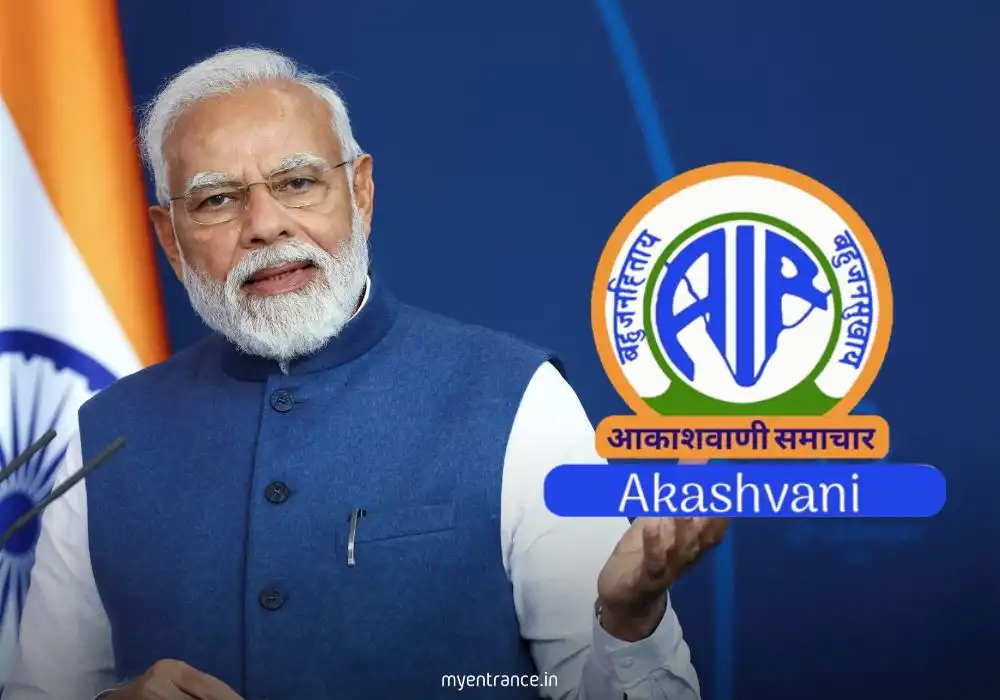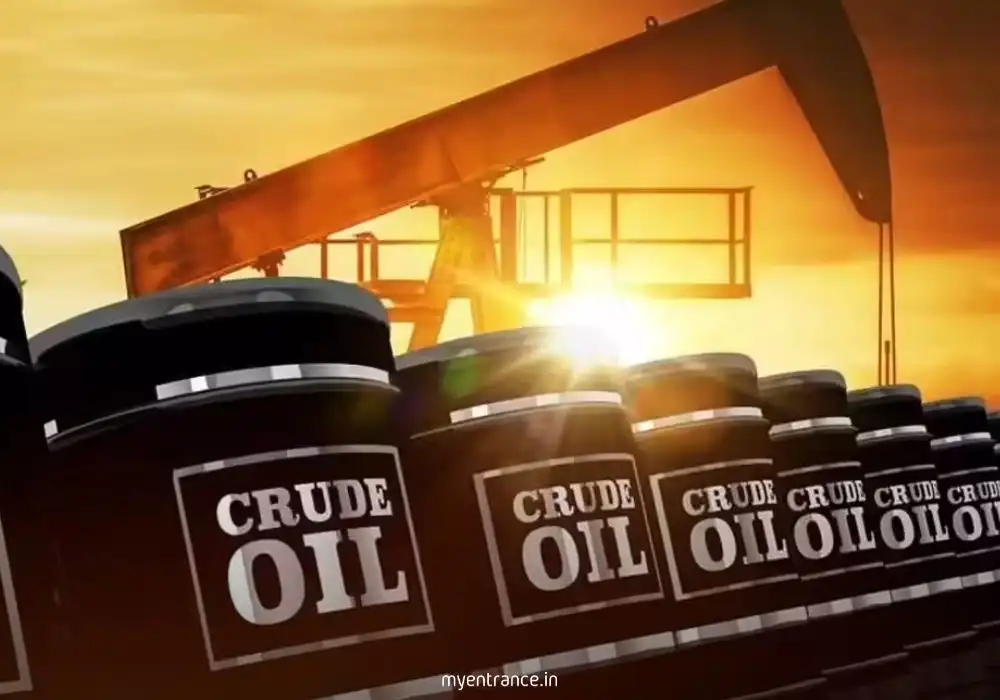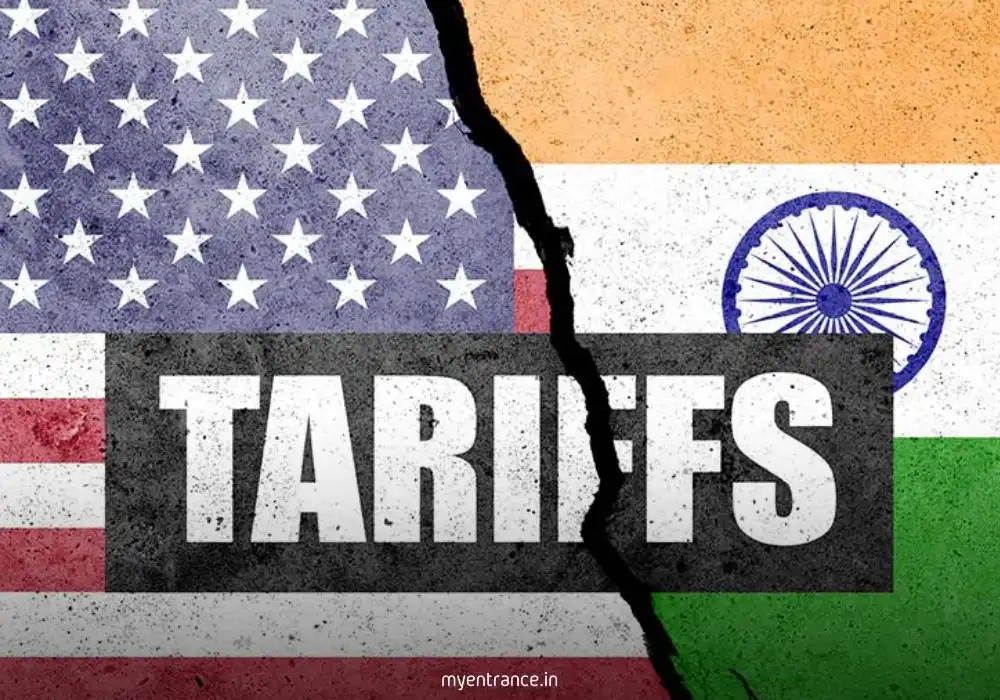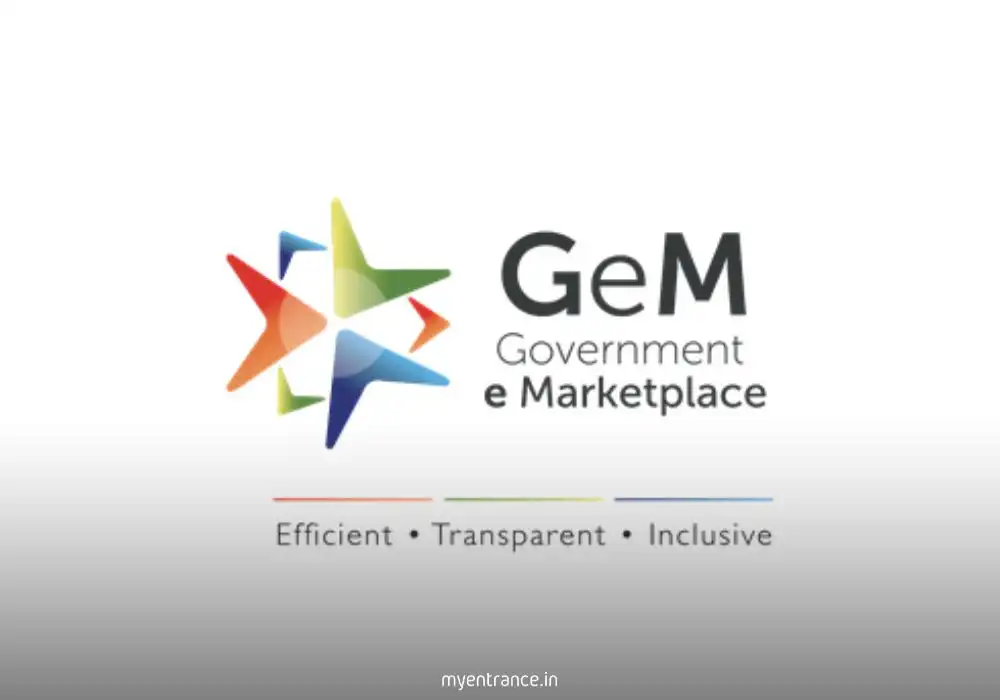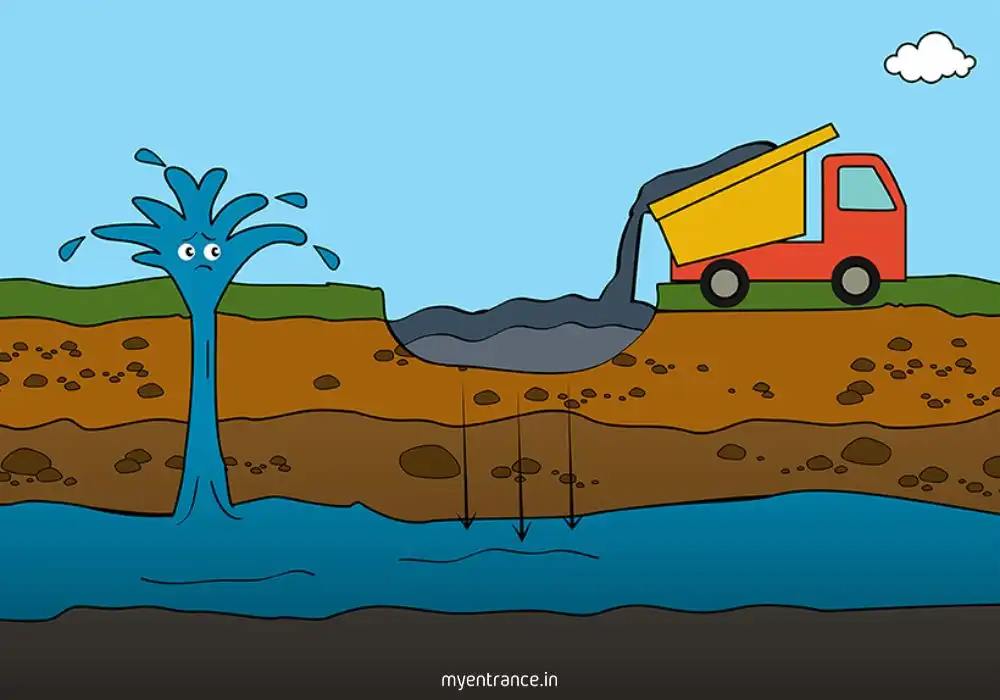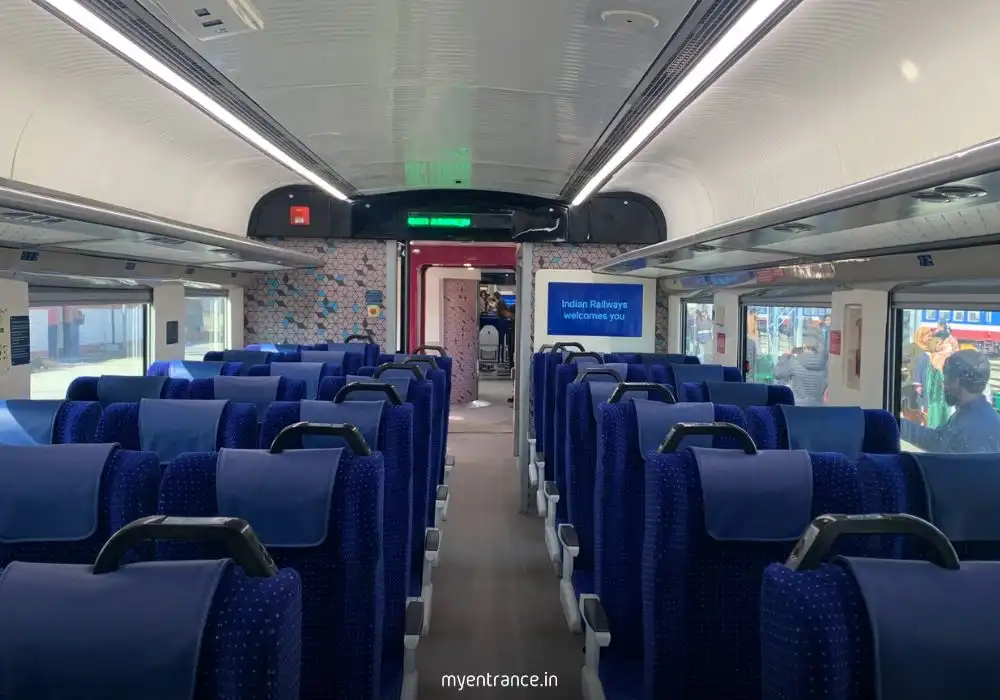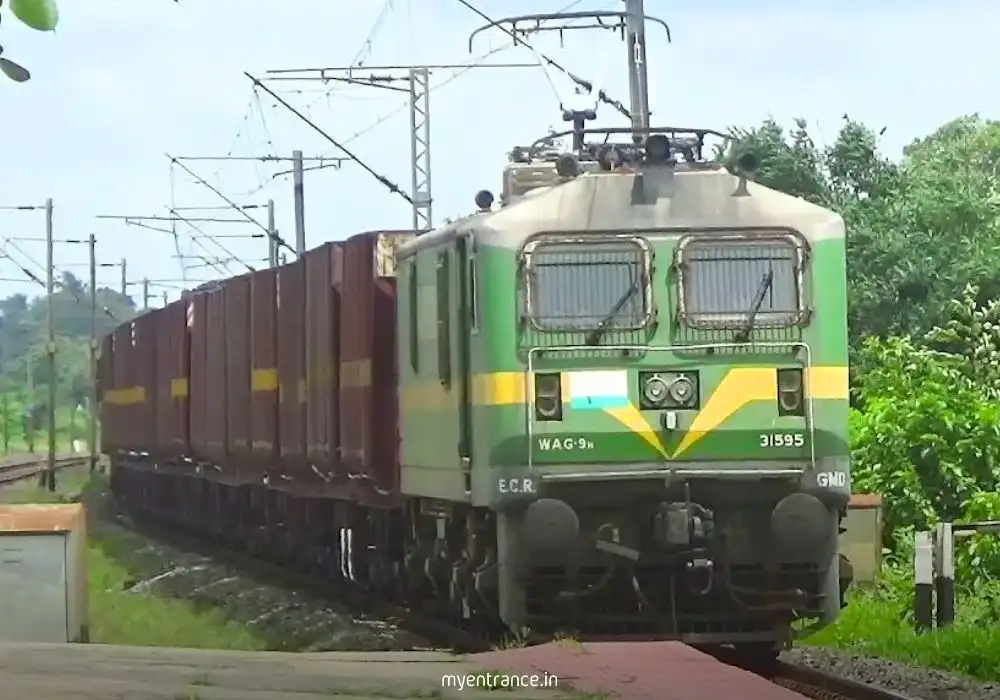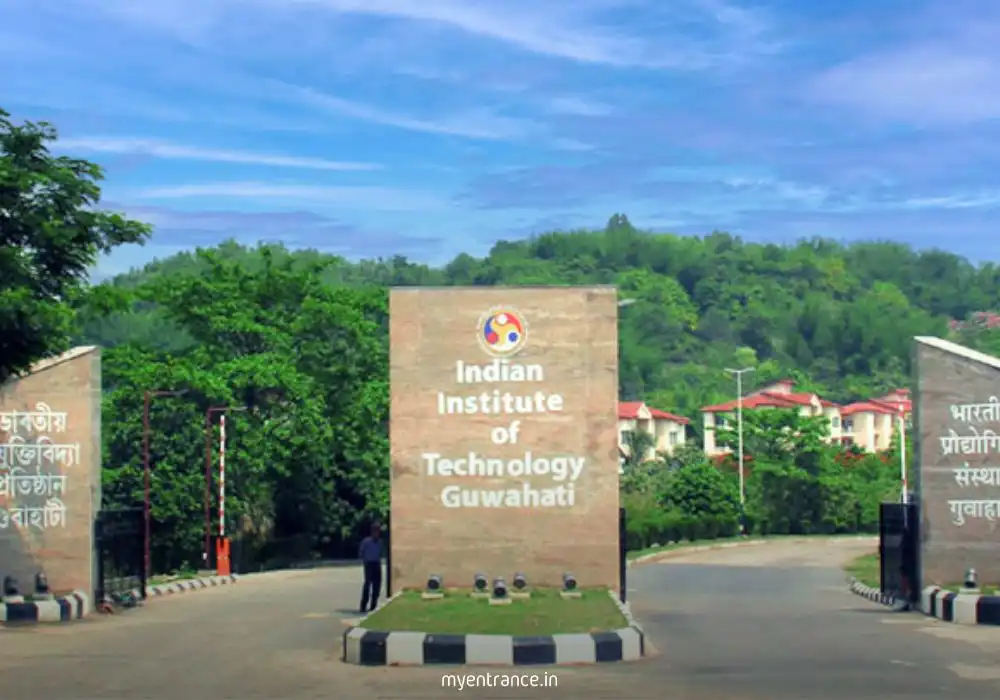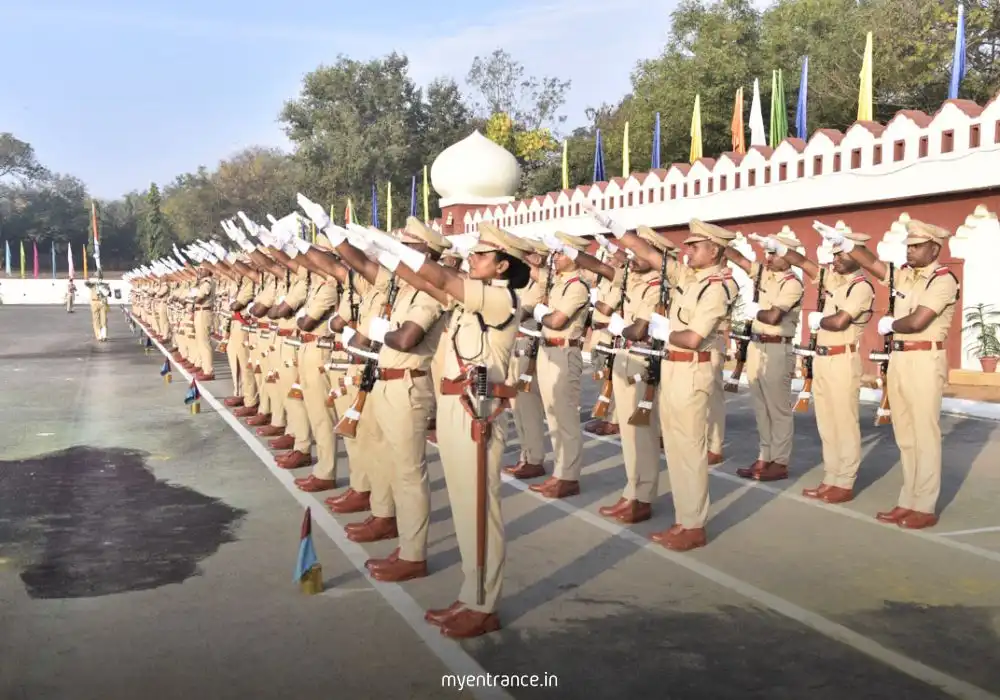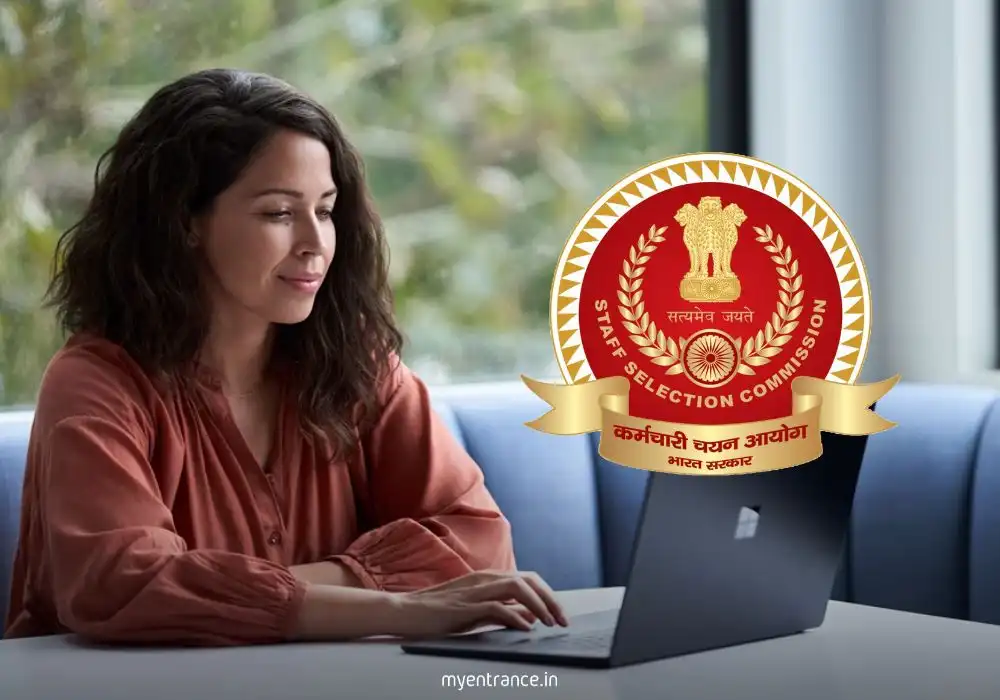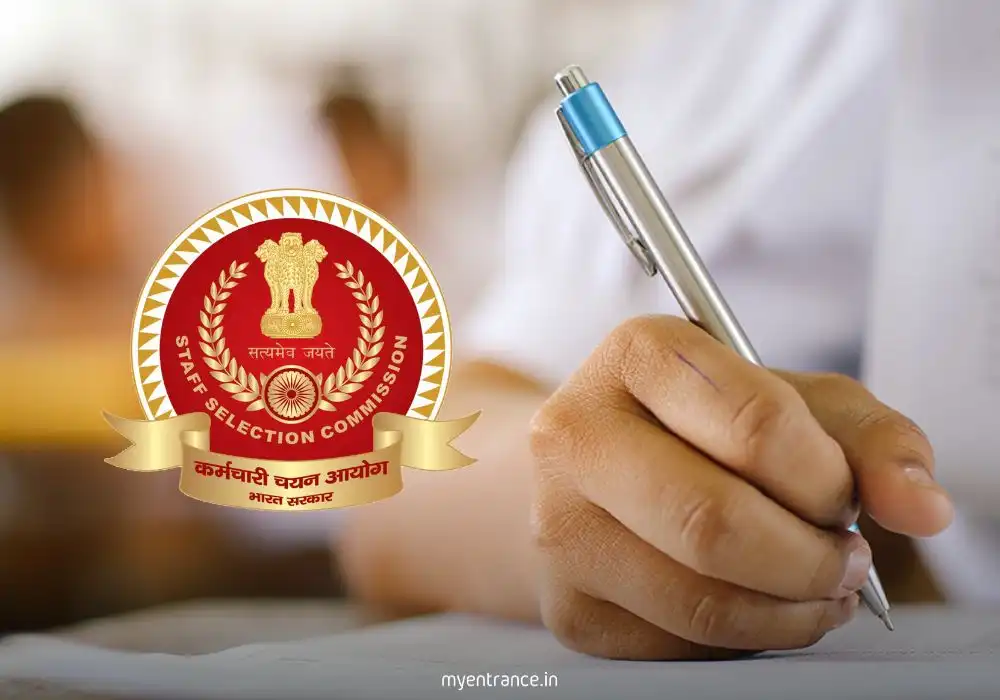Translate Language
India-Russia Rare Earths Cooperation: Strategic Autonomy, Challenges & Exam Insights
In a world where technology and geopolitics collide, rare earth minerals have emerged as the new currency of power. India’s recent discussions with Russia on industrial cooperation—especially in rare earth extraction—signal a strategic pivot to reduce dependency on China. For competitive exam aspirants (UPSC, SSC, PSC, NID, NIFT, KAS), this development intersects with core syllabus areas like “bilateral agreements” and “critical minerals.” Let’s break down why this matters.
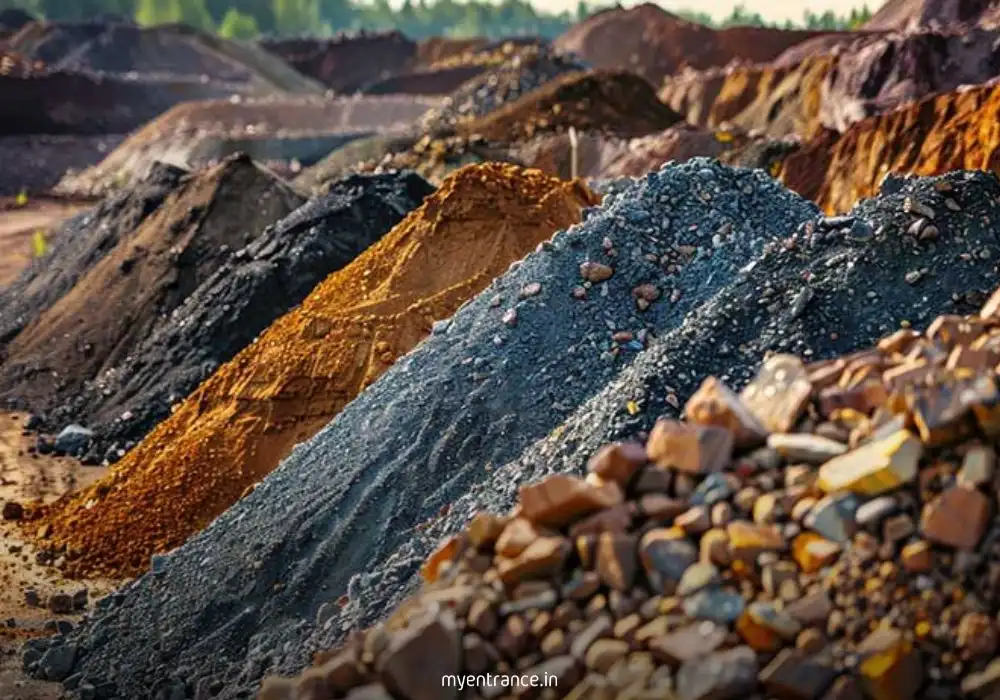
India-Russia Rare Earths Cooperation: The Faculty’s Perspective
Why Rare Earths? The Geopolitical Backdrop
Rare earth elements (REEs) are vital for electric vehicles (EVs), wind turbines, and missile systems. China controls 85–95% of global REE supply and recently restricted exports of seven rare earths, disrupting India’s automobile sector. Against this backdrop, India is leveraging its partnership with Russia to:
Tap into Russia’s expertise in mineral extraction and processing.
Develop a self-reliant REE supply chain using India’s vast reserves (found in coastal sands of Kerala, Tamil Nadu, and Odisha).
Counter China’s monopoly and boost “mineral sovereignty.”
Key Discussion Areas
Critical Minerals vs. Rare Earths
Critical Minerals: Broader category (e.g., lithium, cobalt) essential for economic security.
Rare Earths: A subset (e.g., neodymium for magnets) crucial for high-tech applications.
India aims to master both through partnerships under the National Critical Minerals Mission (NCMM).
Beyond Minerals: Tech & Infrastructure
Aerospace: Joint wind tunnel facilities, carbon-fiber tech, and 3D printing.
Energy: Underground coal gasification and small aircraft engines.
Sustainablity: Waste management solutions for mining byproducts.
Economic Triggers
The U.S. imposed 25% extra tariffs on Indian goods as retaliation for buying Russian oil. Yet, it avoids targeting China—a larger buyer of Russian oil—due to China’s grip on materials like gallium and graphite. This double standard pushes India toward Russia for mineral security.
Strategic Benefits & Challenges
Opportunities
Hurdles
• Reduce China dependency by 30–40% in 5 years
• Lack of REE processing tech in India
• Become a global hub for downstream REE processing
• Environmental risks from mining
• Strengthen ties with Russia amid Western sanctions
• High infrastructure costs
Questions for Competitive Exams
Q1. (Prelims) Which country supplies 85–95% of the world’s rare earth elements?
A: China
Q2. (Prelims) The India-Russia Working Group recently discussed cooperation in:
a) Rare earth extraction
b) Wind tunnel facilities
c) 3D printing
d) All of the above
A: d) All of the above
Q3. (Mains) How can India-Russia cooperation in rare earths enhance India’s strategic autonomy?
A: By accessing Russian tech to exploit domestic reserves, India reduces reliance on China for defense and green tech, while positioning itself as a global REE processor.
Q4. (Mains) Discuss challenges in transforming India’s rare earth reserves into a supply chain.
A: Key hurdles include inadequate processing infrastructure, environmental regulations, and competition from established players like China.
Q5. (Factual) Why did the U.S. avoid imposing tariffs on China despite its larger Russian oil purchases?
A: China’s control of critical materials (gallium, germanium, graphite) gives it leverage over U.S. tech and defense sectors.
Conclusion
India’s rare earths partnership with Russia is more than diplomacy—it’s a quest for survival in a resource-driven world. For aspirants, this topic blends GS Paper II (bilateral relations) and GS Paper III (mineral security). Stay tuned to myentrance.in for more decoded current affairs and mock tests tailored for your exam!
Did You Know? The U.S. bought $3.3 billion worth of strategic materials from Russia in 2023, even while sanctioning others. Geopolitics is rarely black and white!
Prepare. Practice. Prevail.
myentrance.in | Your Compass to Competitive Success
Get 3 Months Free Access for SSC, PSC, NIFT & NID
Boost your exam prep!
Use offer code WELCOME28 to get 3 months free subscription. Start preparing today!
